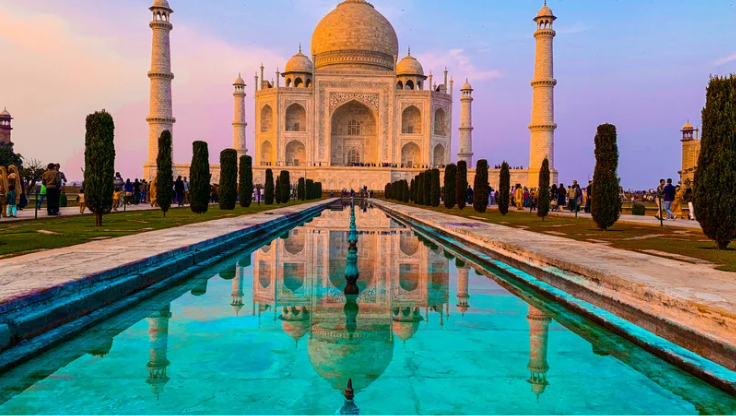The cultural connection between India and the USA is a fascinating topic that highlights the unique aspects and differences between these two nations. As someone who has always been intrigued by the diversity of cultures around the world, exploring the distance in culture between India and the USA piques my curiosity. From customs and traditions to language and values, there are numerous factors that contribute to this cultural gap.
India, with its rich history spanning thousands of years, is known for its vibrant traditions, festivals, and close-knit family bonds. On the other hand, the USA prides itself on being a melting pot of cultures from all over the world, emphasizing individualism and freedom. These fundamental differences create an intriguing dynamic when examining how these two countries interact on a cultural level.
Distance Between India and USA
Early Cultural Exchanges
The history of cultural exchange between India and the USA dates back centuries, with early interactions laying the foundation for a rich and diverse connection. In the late 1800s, Indian immigrants began arriving in America in search of better opportunities. These pioneers brought with them their traditions, language, cuisine, and religious practices, contributing to the multicultural fabric of American society.
One notable example of early cultural exchange is the influence of Indian spirituality on American thinkers like Henry David Thoreau and Ralph Waldo Emerson during the transcendentalist movement in the mid-19th century. The teachings of Hindu philosophy and texts such as the Bhagavad Gita influenced their ideas about nature, self-realization, and individualism.
Influence of Indian Culture in the USA
Indian culture has had a significant impact on various aspects of American life. One prominent area where this influence is evident is in music. The introduction of sitar maestro Ravi Shankar to Western audiences in the 1960s by artists like George Harrison sparked a fascination with Indian classical music that continues to this day. Elements of Indian music can be heard in genres ranging from rock to jazz fusion.
Additionally, yoga and meditation practices originating from ancient Indian traditions have gained immense popularity across America. Yoga studios have become commonplace throughout cities and towns, offering classes that promote physical fitness as well as mental well-being.
American Influence on Indian Culture
While India has influenced America in many ways, there has also been a reciprocal flow of cultural exchange where American influences have left an indelible mark on Indian society. The advent of globalization saw an influx of American movies, television shows, fashion trends, and fast food chains in India.
Hollywood films have captivated audiences across India for decades now. Bollywood itself has incorporated elements from Western cinema into its storytelling techniques while maintaining its unique identity. Furthermore, Western fashion trends have made their way into Indian wardrobes, with youngsters embracing a fusion of traditional and modern styles.

Language and Communication
Language and Communication: Language as a Cultural Bridge
Language plays a crucial role in bridging the cultural gap between India and the USA. It serves as a powerful tool for communication, understanding, and connection among people from different backgrounds. In both countries, language reflects the rich diversity and distinct cultural identities.
India is known for its linguistic diversity, with over 1,600 languages spoken across its vast expanse. However, Hindi and English are the two most widely used languages in business, education, media, and government affairs. English acts as a unifying force in India due to its colonial legacy and official status alongside Hindi.
Language and Communication: The Role of English in India and the USA
English holds a significant position in both Indian society and American society but with distinct nuances. In India, proficiency in English is often seen as a symbol of social status and upward mobility. Fluency in English can open doors to better educational opportunities or higher-paying jobs within multinational companies.
On the other hand, while English is widely spoken throughout America by native speakers as well as immigrants from various linguistic backgrounds, it doesn’t hold quite the same social prestige that it does in India. Proficiency in English is generally expected rather than celebrated or considered exceptional.


 By
By 



